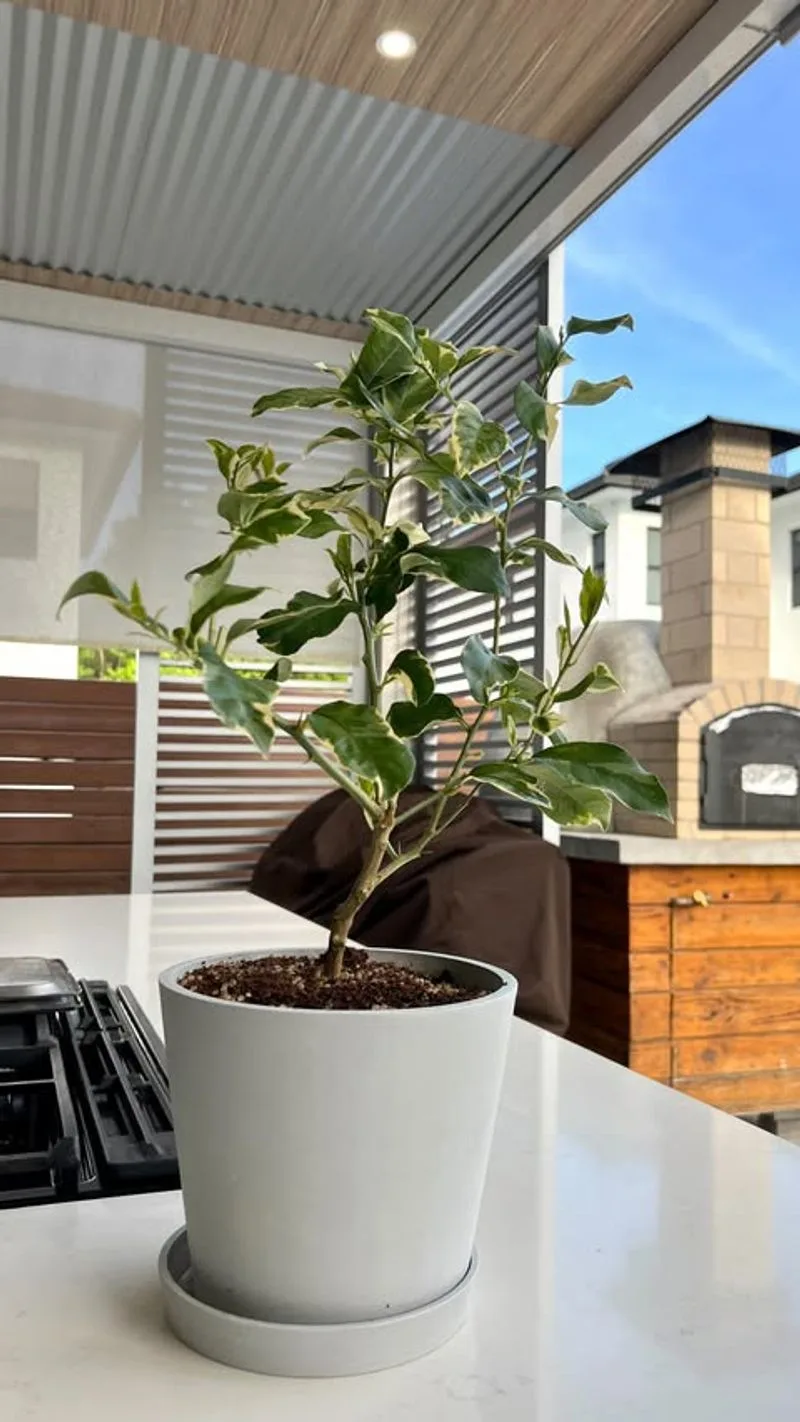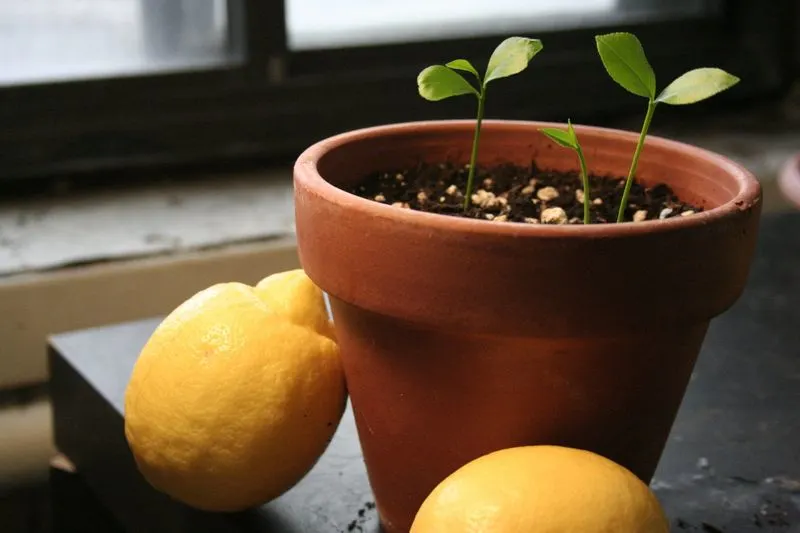Lemon balm is a versatile and aromatic herb that’s as delightful to grow as it is to use.
With its fresh citrus scent and culinary and medicinal benefits, this herb is a favorite among gardeners and home chefs alike. But did you know you can grow lemon balm indoors year-round?
In this guide, we’ll share 8 essential tips to help you cultivate healthy, thriving lemon balm plants indoors. Whether you’re a seasoned gardener or just starting, these practical steps will ensure your lemon balm flourishes, providing you with fresh, fragrant leaves at your fingertips.
Choose the Right Pot

Selecting the perfect pot can set the stage for healthy lemon balm growth. Look for a container with adequate drainage holes to prevent waterlogging, which can be detrimental to the roots.
Opt for a pot that complements your interior decor while offering enough space for the plant to grow. A pot that’s 6-8 inches in diameter usually works well.
Consider lightweight materials like plastic or ceramic, especially if you plan to move your plants around to catch the sunlight. Adequate pot selection is a crucial first step to ensure your lemon balm thrives indoors.
Optimal Light Conditions

Lemon balm thrives in bright, indirect light. A south or west-facing window is ideal, where the plant can enjoy plenty of sunlight without being scorched.
If natural light is limited, supplement with a full-spectrum grow light to mimic the sun’s rays. Ensure the light source is 12-18 inches above the plant to avoid overheating.
Turning the plant occasionally will support even growth and prevent it from leaning towards the light source. Providing the right light conditions can significantly impact the vitality of your lemon balm indoors.
Watering Wisely

Proper watering is vital to keep your lemon balm healthy. Water when the top inch of the soil feels dry to the touch. Avoid letting the plant sit in water as this can lead to root rot.
Use a watering can with a narrow spout to direct water at the base of the plant and minimize wetting the leaves. In winter, reduce watering frequency as the plant’s growth slows down.
Understanding the plant’s water needs helps maintain a balanced moisture level, which is key for successful indoor cultivation.
Regular Pruning

Pruning encourages bushier growth and prevents your lemon balm from becoming leggy. Use sharp scissors to snip back stems just above a pair of leaves.
Regularly remove any yellowing leaves or stems that appear unhealthy. Pruning not only shapes the plant but also improves airflow, reducing the risk of disease.
Aim to prune during the growing season for the best results. Regular attention to pruning will lead to a robust and attractive lemon balm plant in your indoor garden.
Soil Selection

Choosing the right soil mix is essential for lemon balm health. A well-draining potting mix enriched with organic matter works best.
Consider adding perlite or sand to improve aeration and drainage, preventing compacted soil. A handful of compost can boost nutrients naturally.
Avoid garden soil, as it may harbor pests and diseases. Monitoring soil health is crucial; a balanced pH of 6.0 to 7.0 supports optimal nutrient uptake. With the correct soil, your lemon balm will have a strong foundation to flourish indoors.
Humidity Levels

Maintaining the right humidity levels can significantly affect the health of your lemon balm. These plants prefer moderate humidity, typically around 40-50%.
If your indoor air is dry, especially in winter months, consider using a humidifier or placing a tray of water near the plants to increase moisture. Misting the leaves occasionally can also help but ensure it’s not excessive to avoid fungal issues. Monitoring humidity ensures that your lemon balm remains vibrant and healthy indoors.
Pest Management

Keeping pests at bay is crucial for indoor lemon balm. Regularly inspect the leaves for signs of aphids, spider mites, or whiteflies. Introducing beneficial insects like ladybugs can naturally control pest populations.
Use insecticidal soap or neem oil as organic options to tackle infestations. Ensure good airflow around the plant to deter pests and diseases. Prompt action helps prevent minor issues from becoming significant problems, ensuring your lemon balm remains pest-free and thriving indoors.
Nutrient Management

Feeding your lemon balm the right nutrients encourages healthy growth. Use a balanced liquid fertilizer every 4-6 weeks during the growing season.
Over-fertilizing can harm the plant, so follow package instructions carefully. Organic options like compost tea offer a gentle nutrient boost without the risk of chemical build-up.
Watch for signs of nutrient deficiencies, such as yellowing leaves, and adjust feeding accordingly. Proper nutrient management supports a vigorous and healthy lemon balm indoors.

